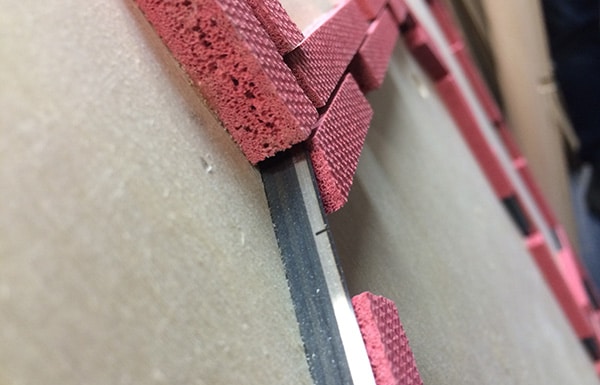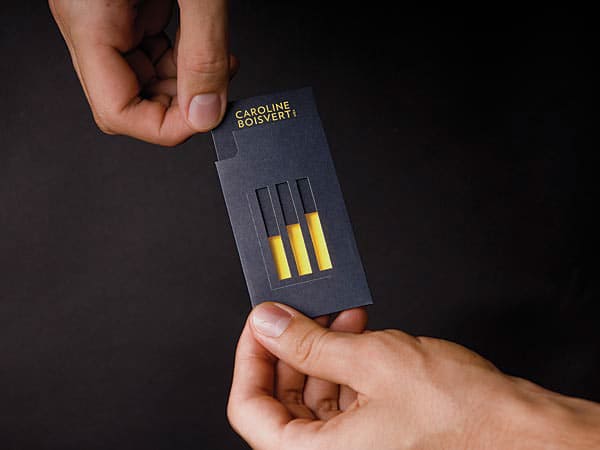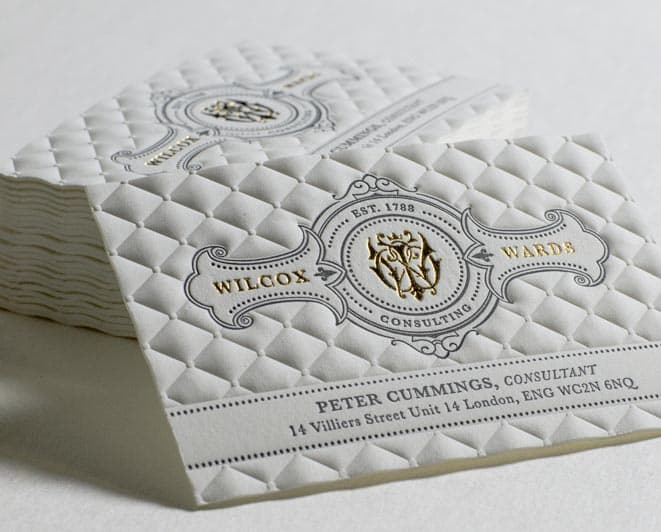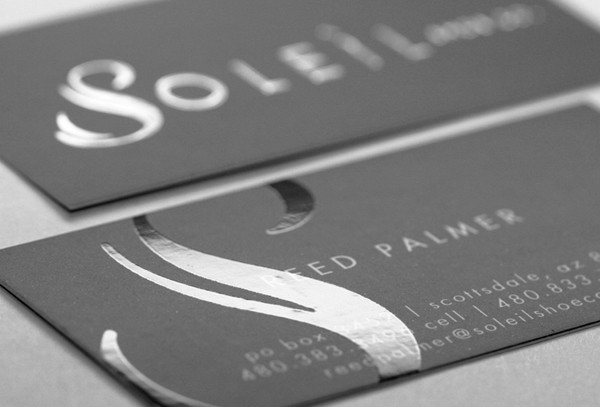Are you a “Slack-er”?
If your office is large, or working from multiple locations, you may already be “Slacking”. Slack is a mobile and desktop text-message-style communication tool that has become commonplace for co-workers. It almost completely replaces inter-office email and serves as the new “water cooler” for social chit-chat among team members.
However, Slack isn’t appropriate in all situations. There are a few times where good old email may be the best communication tool:









